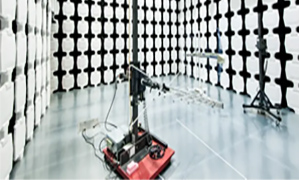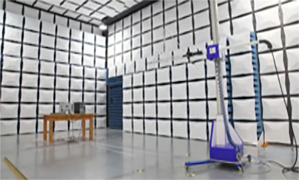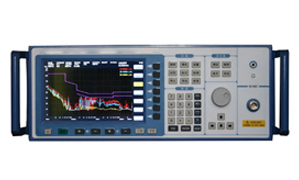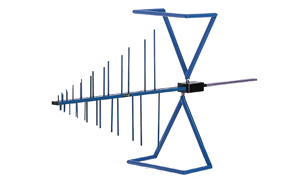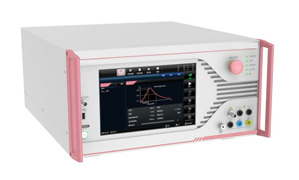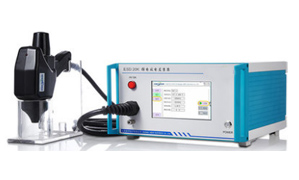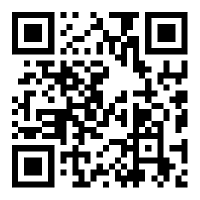An indirect lightning strike can occur two different ways. The first way is what is called a side flash. Indirect lightning side flashes occur when the current jumps from one object to another. This jump occurs through the air and can be for considerable distances. The second type of indirect lightning strike is from a ground current. Essentially, the lightning reaches the ground and then travels to another object. The impacts of indirect lightning strikes can occur over a half of a mile away from the site of the lightning strike.
The indirect effects of lightning on electronics can be significant. The sudden rush of electromagnetic energy and voltage is carried by device’s cabling. The surge of energy can damage cables and connected components as it takes a path of least resistance. The indirect lightning effects can be originated from the ground, power lines or metal objects that the device is either connected to or near.
SPARK has invested and/or built a substantial amount of test equipment and custom wave forms. Using generators, burst generators, high-power amplifiers and RLC circuits, our engineers can develop the test setup needed to simulate any lightning strike voltage.
The testing, also referred to as surge immunity testing, can be completed on components, cables or entire systems. The transient wave shape is simulated by the test equipment and injected on to the device(s) under test. There are multiple types of injection methods used. These include capacitive injection, ground-current injection, pin injection and transformer injection.
-
Contact us
- Spark Lab - Shenzhen
- Mr. Zhang
- 13902479643
- sparkrz@spark-oe.com



